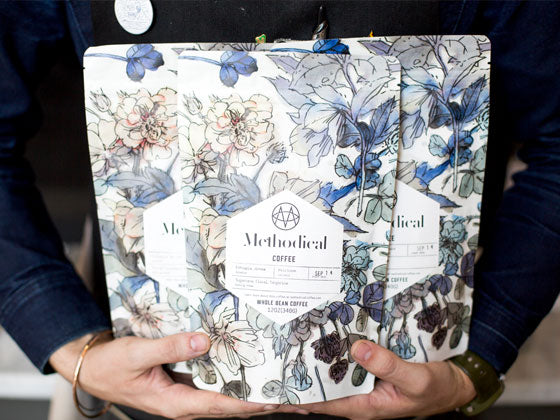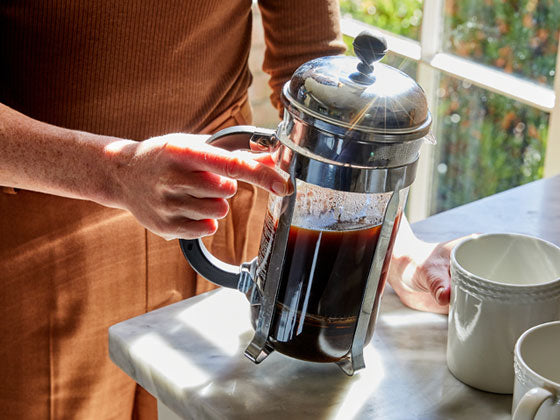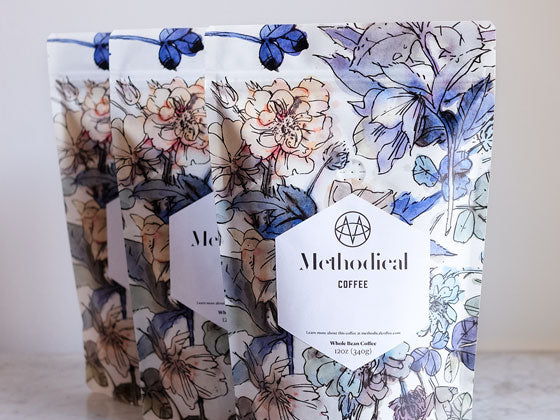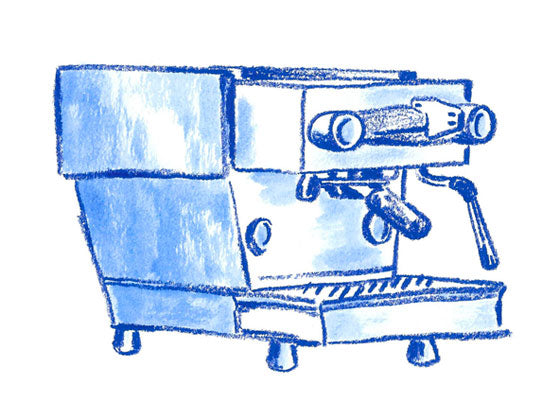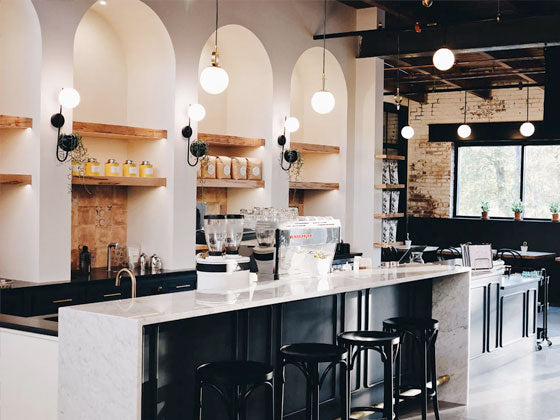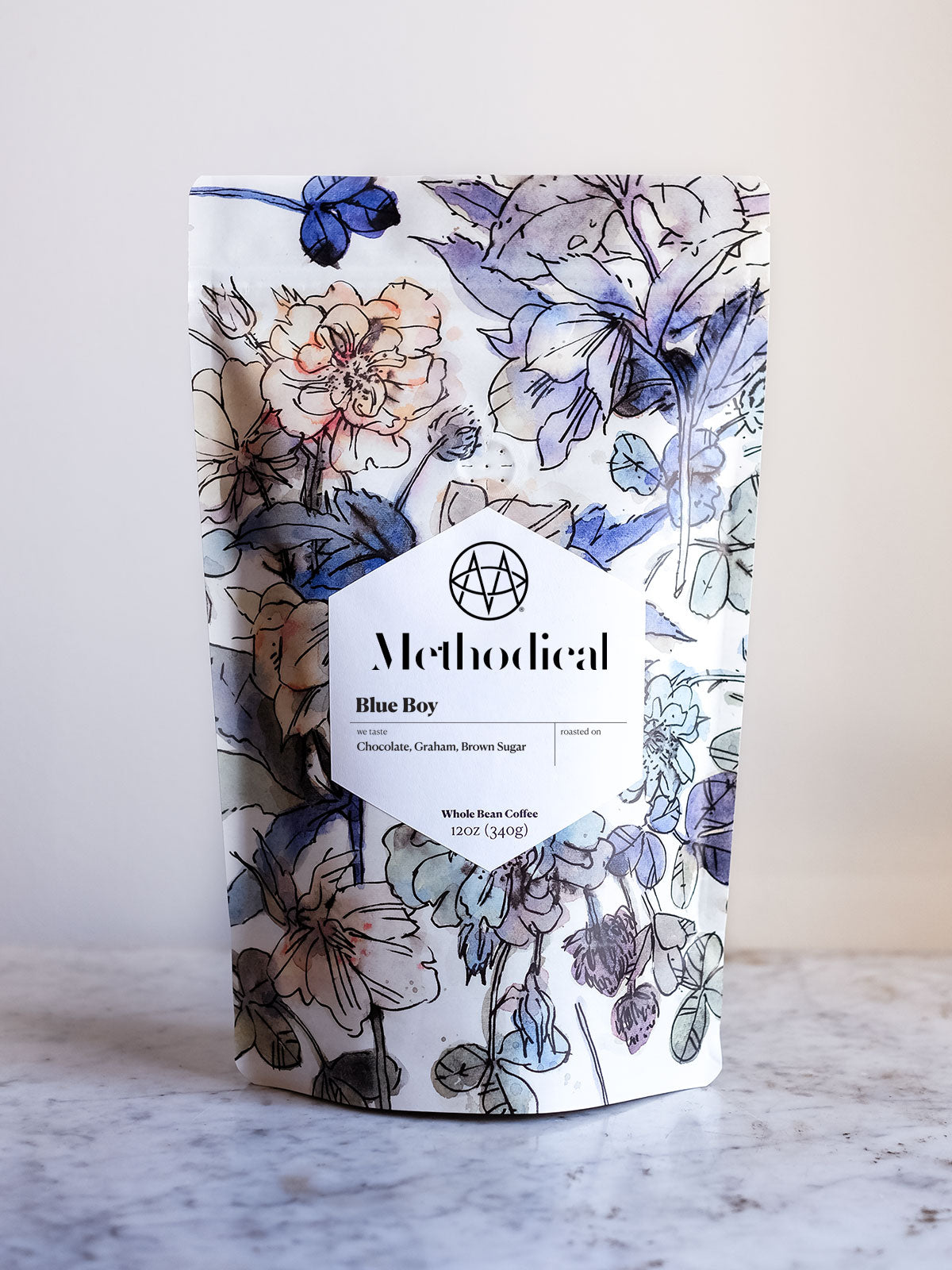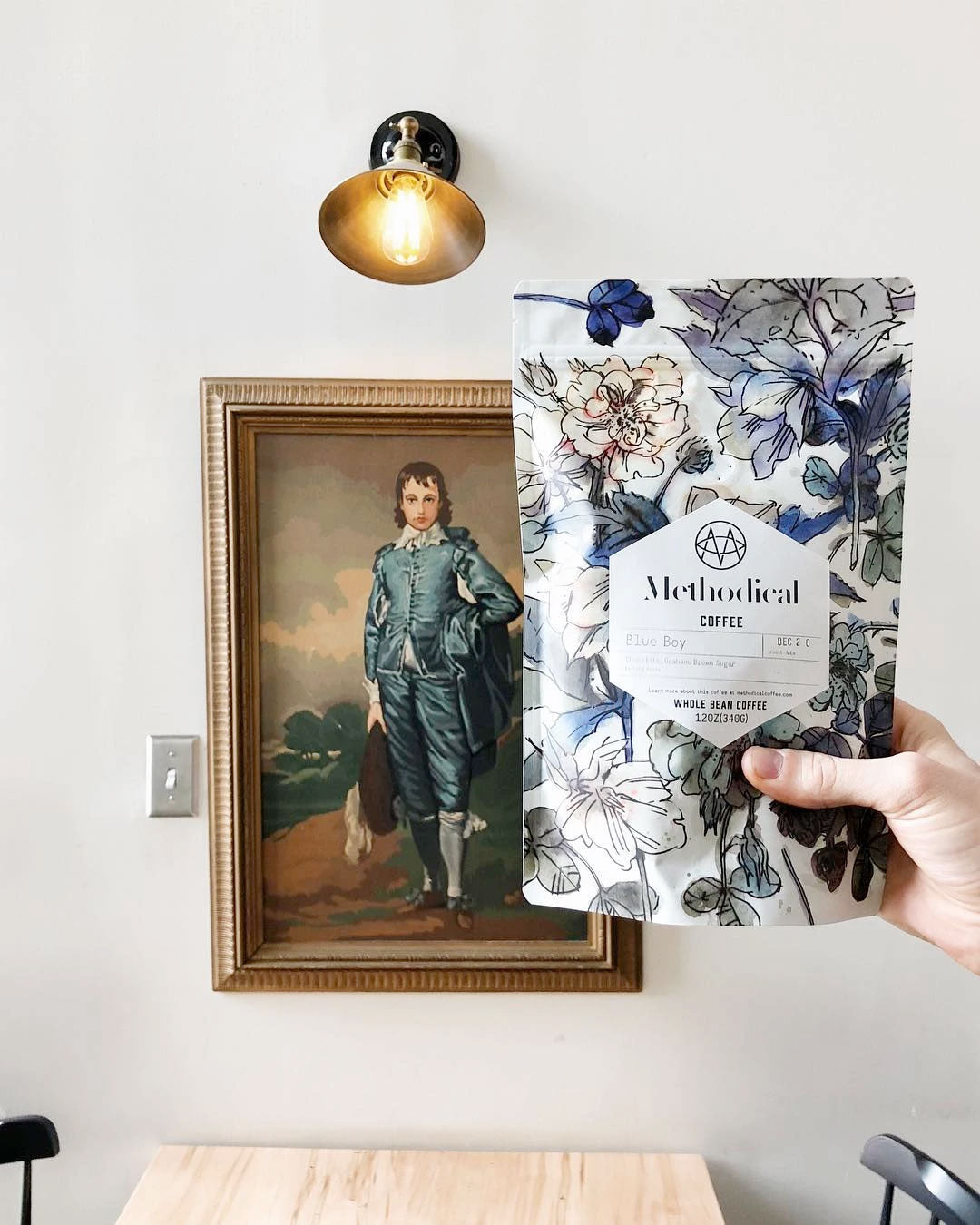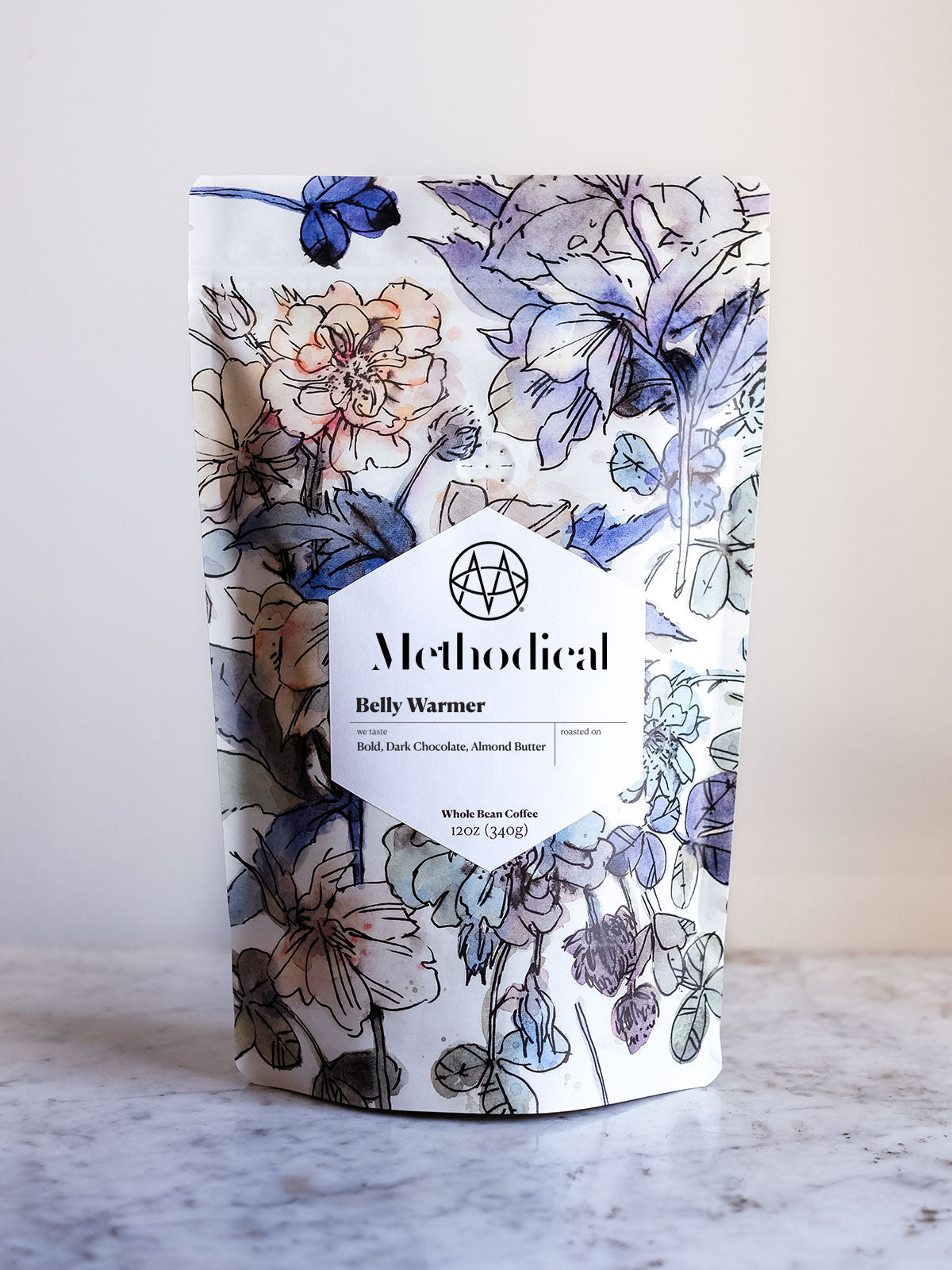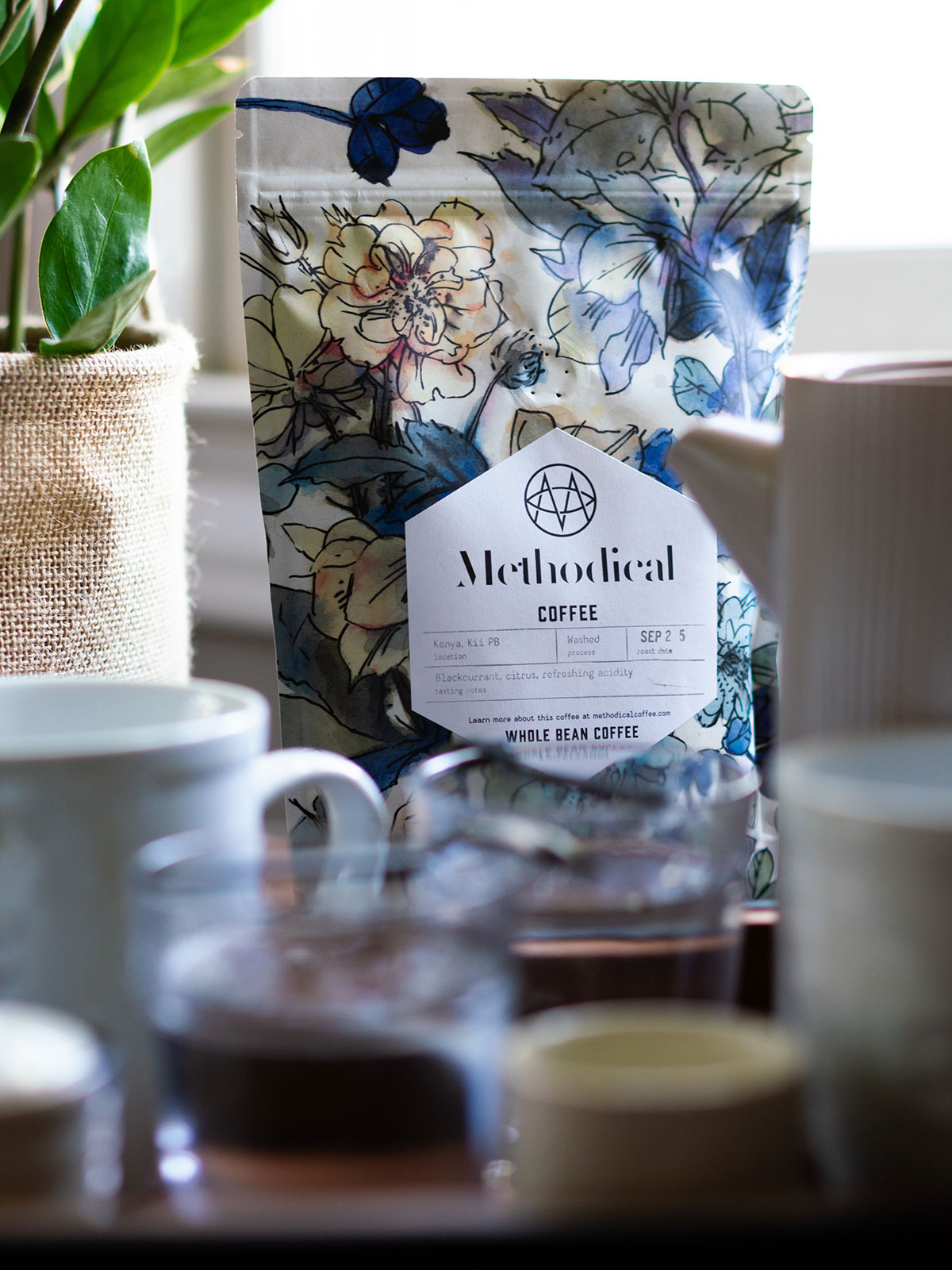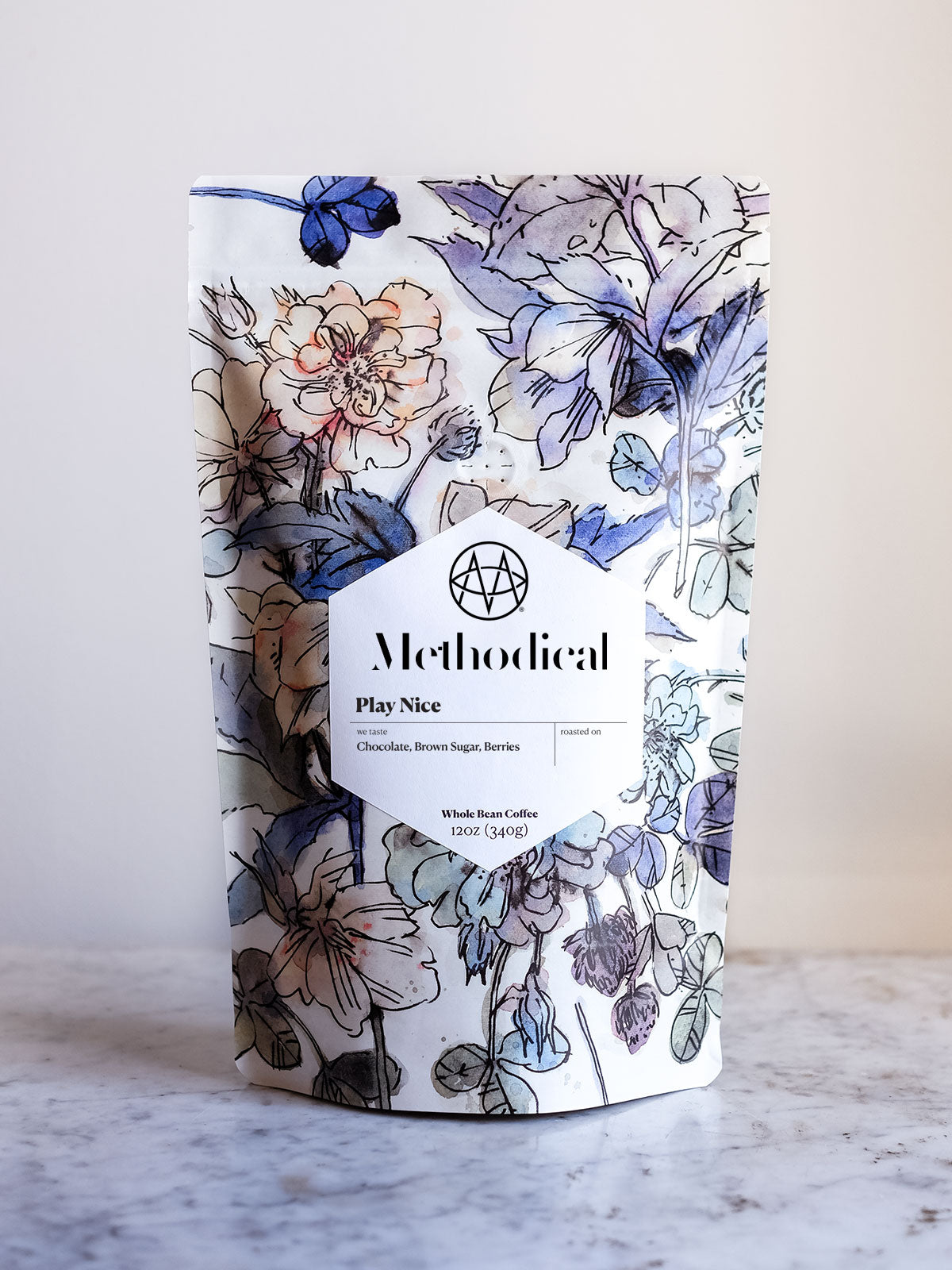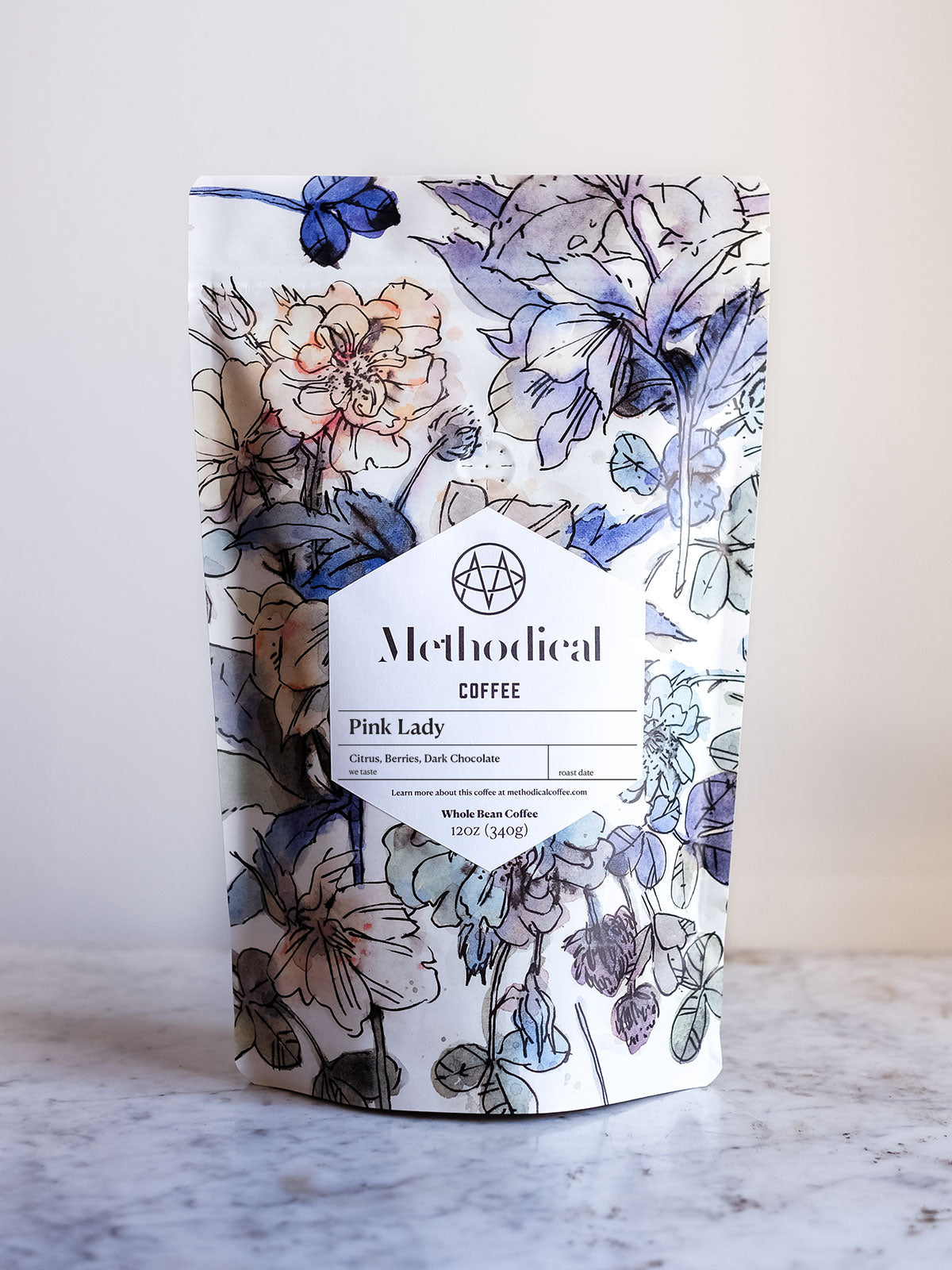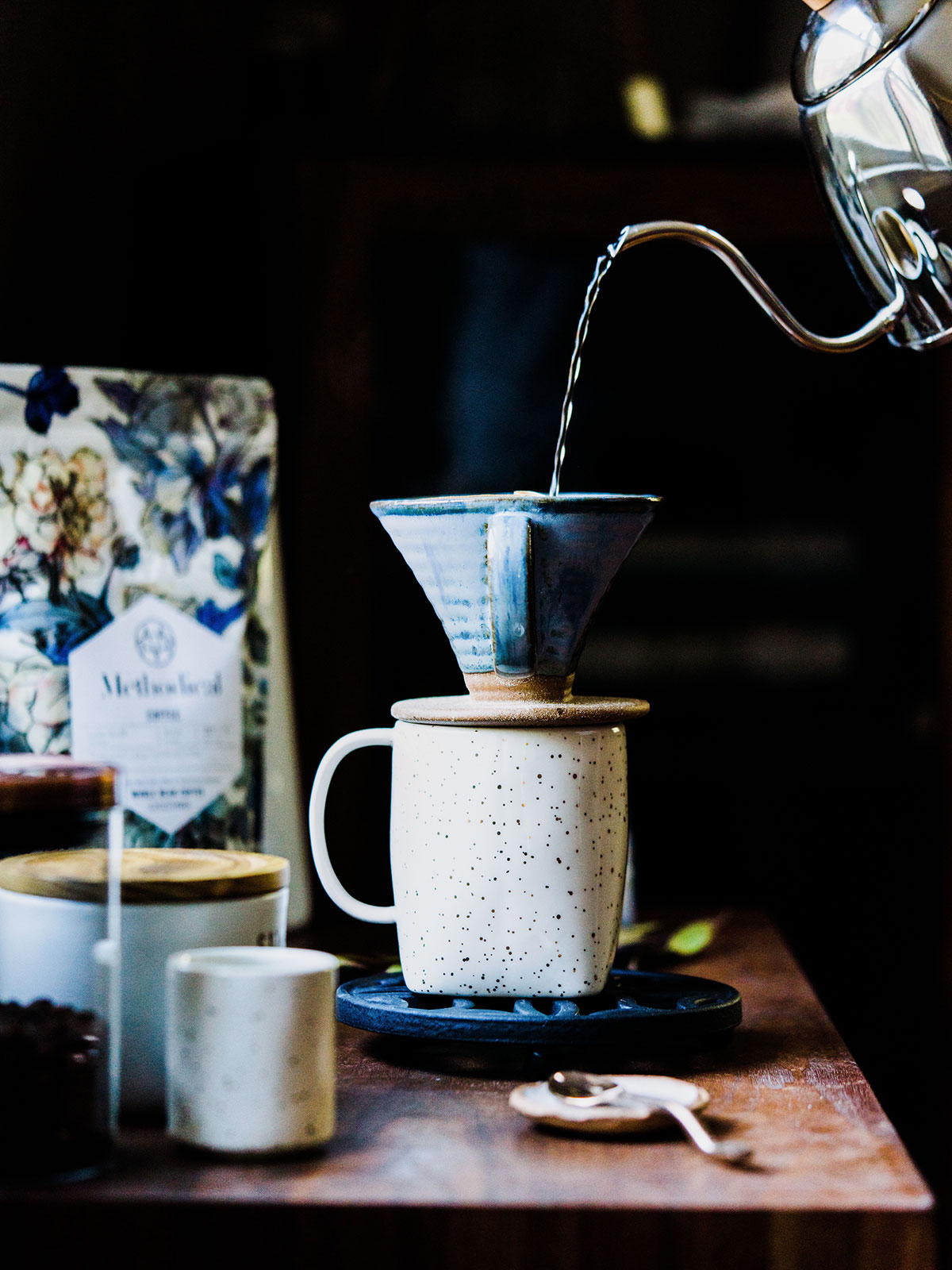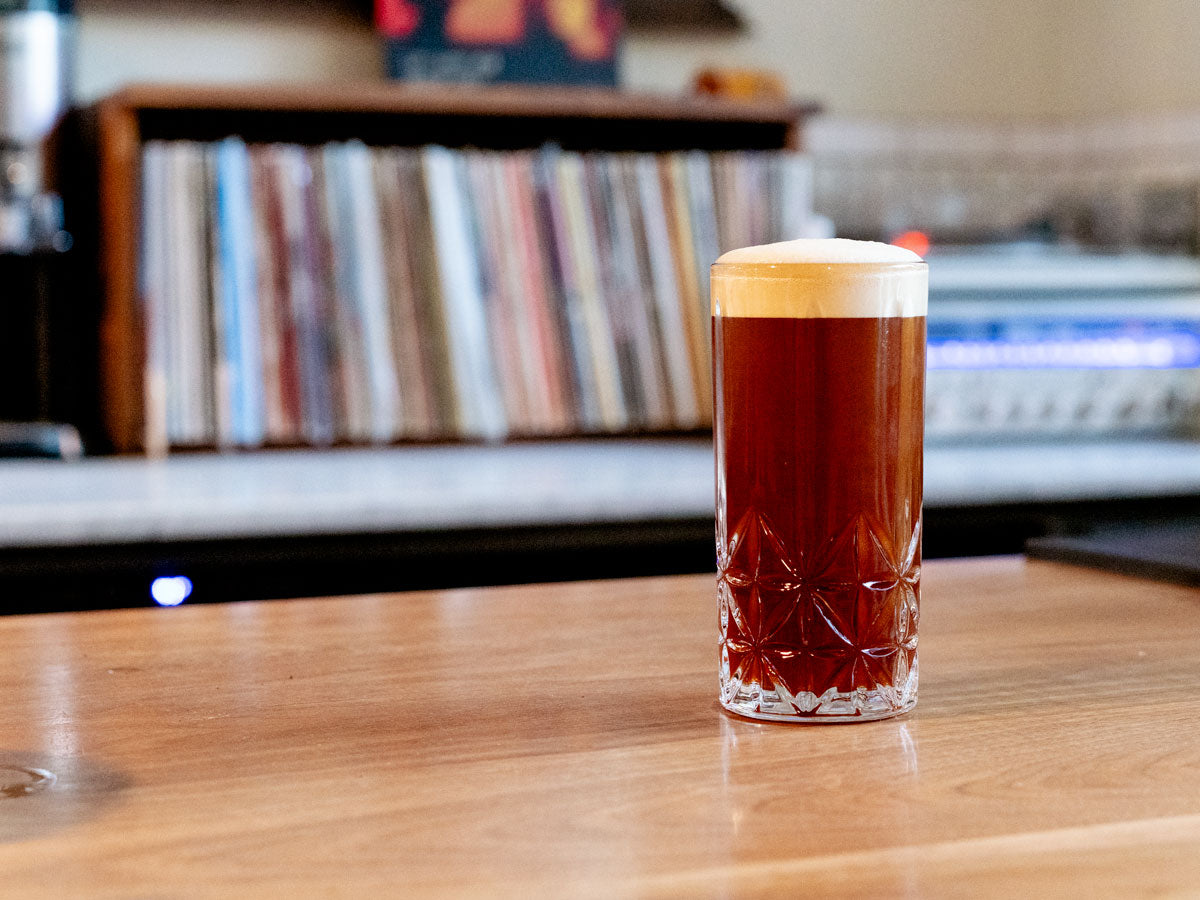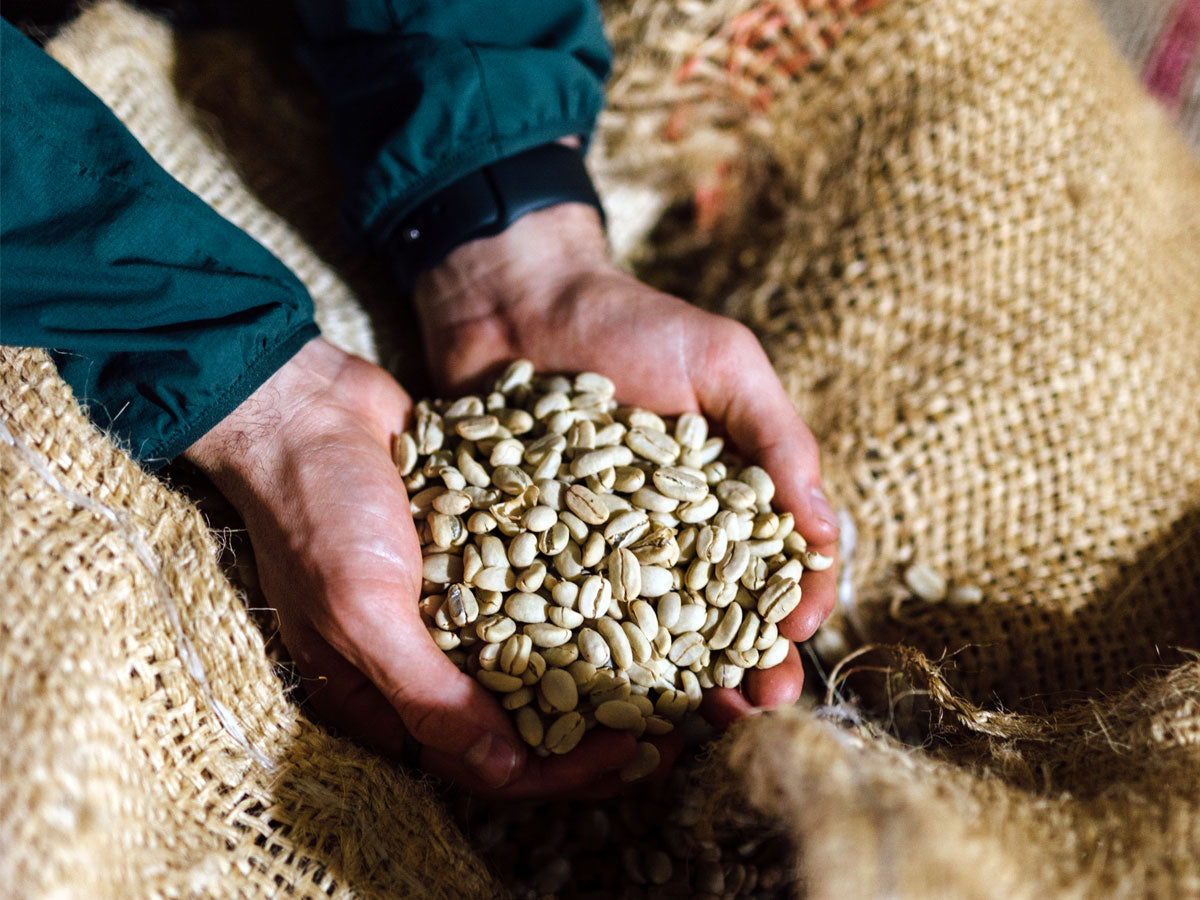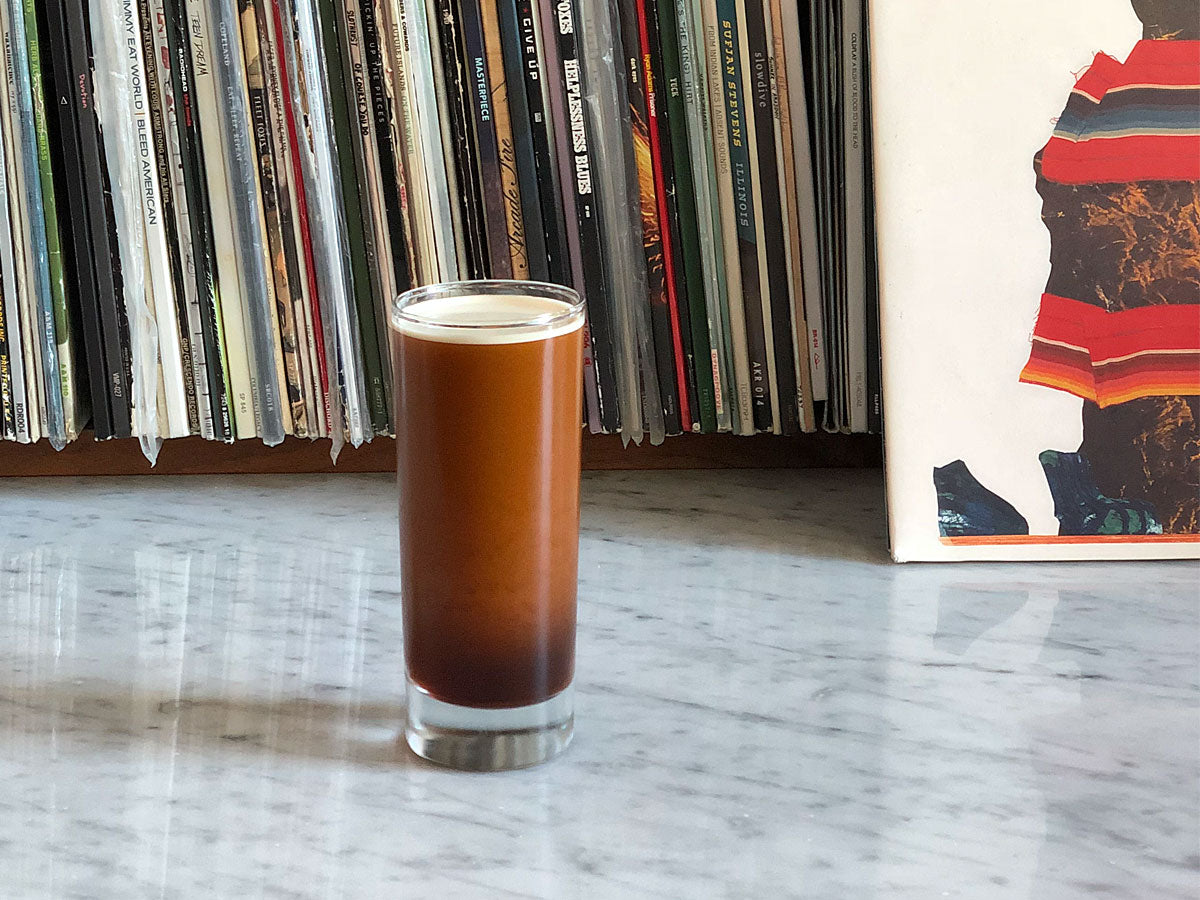When it comes to chilled coffee beverages, cold brew and iced coffee remain supreme. These popular beverages remain firmly on the menus of third wave cafes across the country year-round, regardless of the weather. But what actually sets cold brew and iced coffee apart? In this guide, we’ll examine both beverages, exploring their unique flavors, brewing methods, and the factors that make each one a favorite among coffee enthusiasts.
What is Cold Brew Coffee?
Cold brew coffee is one of the most popular coffee beverages enjoyed almost all year round. To make cold brew, the coffee grounds are steeped in cold water for an extended period of time, typically between 12 and 24 hours. This slow extraction process produces a smooth, rich, and less acidic coffee concentrate compared to more traditional brewing methods. It can be served over ice, diluted with water or milk, and customized with various flavors or sweeteners to suit a variety of tastes and preferences.
How to Make Cold Brew Coffee
Making cold brew coffee at home is actually pretty simple and requires only a few ingredients and minimal equipment. Here's a simple recipe you can easily follow at home for a delicious cold brew.
Ingredients and Equipment
- Coarsely ground coffee beans
- Cold or room temperature water
- A large container
- A fine mesh sieve or cheesecloth
Instructions
- Measure out your coffee grounds and place them in a large container or pitcher. The ratio of coffee to water for cold brew can vary, but our favorite ratio is around 1 part coffee to 8 parts water.
- Slowly pour cold or room temperature water over the coffee grounds, making sure all the grounds are saturated by stirring gently with a wooden spoon.
- Cover the container with a lid, plastic wrap, or a cloth to prevent anything from getting into the mixture.
- Let the coffee steep at room temperature for at least 12 hours, or up to 24 hours for a stronger brew.
- After steeping, strain the coffee mixture to remove the grounds. You can use a fine mesh sieve, cheesecloth, or a coffee filter for this step. Strain the coffee into another container or directly into a serving pitcher.
- Dilute the cold brew concentrate with water or milk to your desired strength. A common ratio is around 1 part cold brew concentrate to 1-2 parts water or milk, but you can adjust this based on your preference.
- Serve the cold brew coffee over ice and enjoy!
- Store any leftover cold brew coffee in the refrigerator for up to 1-2 weeks. Make sure to keep it sealed in a container to maintain freshness.
Learn more with our full guide: What is Cold Brew Coffee? And How Do You Make It?
What is Iced Coffee?
Unlike cold brew, iced coffee is prepared fairly quickly by brewing hot coffee and then cooling it down rapidly with ice. With this method, iced coffee maintains some of the characteristics of traditionally brewed coffee, including its acidity and flavor profile. Iced coffee can be enjoyed plain or customized with milk, cream, flavored syrups, or sweeteners according to personal preference.
How to Make Iced Coffee
Making iced coffee at home is just as easy as making cold brew, except a whole lot quicker. Here’s a basic iced coffee brewing method you can easily follow at home.
Ingredients and Equipment
- Ground coffee beans
- Hot water
- Ice cubes
Instructions
- Start by brewing a strong pot of coffee using your preferred method. You can use a drip coffee maker, pour-over, French press, or any other brewing method you prefer. Make sure to grind your coffee according to the brewing method of your choice.
- Use a coffee to water to ice ratio of 1:10:6, which breaks down to 1 gram of coffee to 10 grams of water and 6 grams of ice. It’s important to brew the coffee stronger than normal, as the ice will dilute the coffee once it’s added to the cup.
- Once the coffee is brewed, you can let it cool down to room temperature or immediately pour it over a cup filled with ice. If you prefer a stronger coffee flavor, you can use coffee ice cubes instead of regular ice cubes.
- Serve immediately and enjoy your homemade iced coffee!
Cold Brew vs. Iced Coffee
Cold brew and iced coffee share many similarities, but they’re vastly different in terms of brewing method, flavor profile, and a few other characteristics.
Brewing Method
Cold Brew
The slow brew method is integral to the balanced flavor and low acidity of cold brew. To make cold brew, coffee grounds are steeped in cold water for an extended period, usually 12 to 24 hours, to slowly extract both flavor and caffeine.
Iced Coffee
Iced coffee can be made much more quickly than cold brew. The coffee is first brewed hot using a traditional brewing method, then cooled or chilled quickly over iced.
Flavor Profile
Cold Brew
People love cold brew for its smooth, rich, and less acidic flavor profile due to the slow extraction process. Cold brew tends to have a milder taste with subtle flavor notes.
Iced Coffee
Iced coffee retains some of the acidity and flavor characteristics of traditionally brewed hot coffee. Iced coffee is usually stronger in flavor and acidity than cold brew, though it does depend on the type of roast used.
Acidity
Cold Brew
Generally has lower acidity compared to iced coffee and hot brewed coffee, making it smoother and easier on the stomach for some.
Iced Coffee
Iced coffee usually retains more of the acidity of traditionally brewed coffee, which can provide a brighter and tangier taste.
Mouthfeel
Cold Brew
Cold brew typically has a smoother and more full-bodied mouthfeel since it's brewed as a concentrate over time. Particularly strong cold brew sometimes has a similar texture to a stout beer.
Iced Coffee
Since it’s diluted over ice, iced coffee tends to have a lighter mouthfeel compared to cold brew, similar to iced tea. A little sweetener or milk goes a long way in iced coffee for this reason.
What Can You Add to Iced Coffee and Cold Brew?
Not a fan of black iced coffee or cold brew? Here are some things you can add to these beverages to elevate the taste.
Milk or Cream
Milk and coffee are a match made in heaven, especially when it comes to cold brew and iced coffee. Dairy milk and cream add a creamy and rich quality to these coffee beverages while also toning down any acidity.
Non-Dairy Milks
Non-dairy milk options are also great to add to cold brew and iced coffee. Oat milk is an incredibly popular choice because of its high fat content and subtle flavor.
Sweetener
You can also add simple syrup, sugar, or honey to your iced coffee or cold brew. The added sweetness helps balance out any bitterness and can help highlight some of the subtle flavors.
Flavors
Try adding vanilla, caramel, or hazelnut to your next iced coffee or cold brew. These flavors are popular pairings with both cold and hot coffee and can definitely enhance the taste of your beverage.
Chilled to Perfection
Whether you're a fan of the bold and smooth taste of cold brew or the familiar tang of iced coffee, there's no denying that both beverages are incredibly delicious and versatile. Whether you prefer your coffee simple and straightforward or love experimenting with different flavors and toppings, both iced coffee and cold brew provide endless opportunities for enjoyment.
Looking for the perfect roast for your cold brew or iced coffee? Browse our extensive selection of single-origin and blended coffees, perfect for any brewing method you choose.
You might also like:
